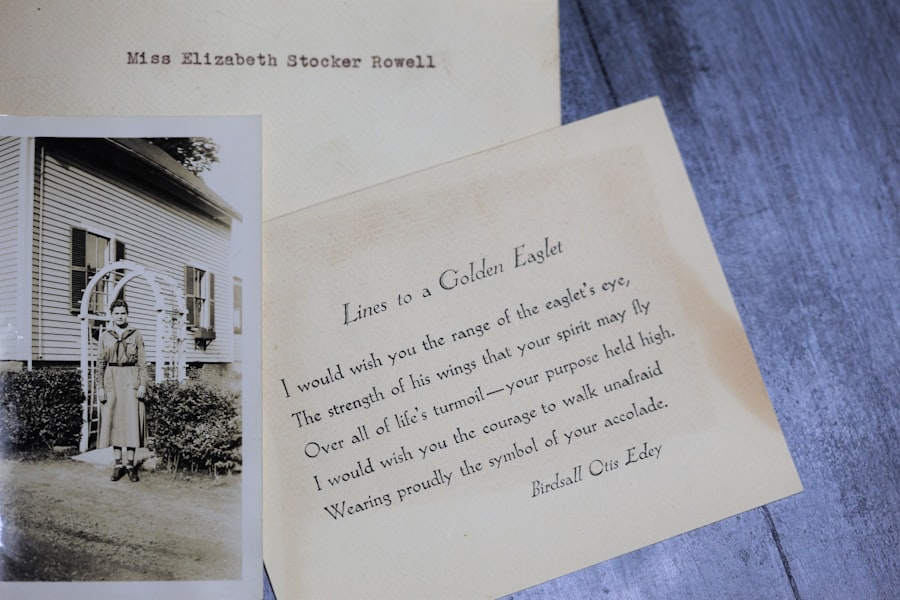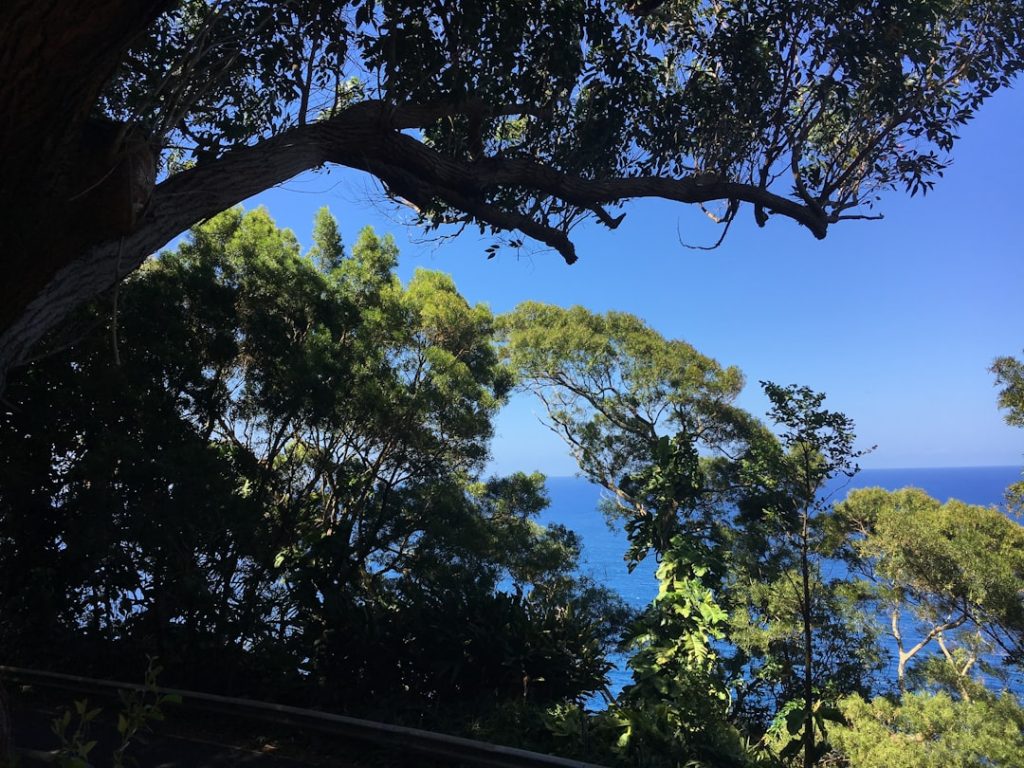Poetry, a timeless and multifaceted art form, has captivated human hearts and minds for centuries. It serves as a powerful medium for expressing emotions, thoughts, and experiences in a condensed and often musical manner. Unlike prose, which tends to follow a more straightforward narrative structure, poetry invites readers to engage with language on a deeper level, encouraging them to explore the nuances of meaning and sound.
The beauty of poetry lies in its ability to evoke feelings and provoke thought through carefully chosen words, rhythm, and imagery. From the ancient epics of Homer to contemporary spoken word performances, poetry has evolved while retaining its core essence: the exploration of the human experience. The significance of poetry extends beyond mere entertainment; it acts as a mirror reflecting societal values, cultural identities, and personal struggles.
Throughout history, poets have used their craft to comment on political issues, social injustices, and the complexities of love and loss. This art form transcends geographical boundaries and linguistic barriers, allowing individuals from diverse backgrounds to connect through shared emotions and experiences. As we delve into the various forms of poetry, we will uncover the rich tapestry of styles and techniques that have emerged over time, each contributing to the ever-evolving landscape of poetic expression.
Key Takeaways
- Poetry is a form of literary expression that uses rhythm, imagery, and language to evoke emotions and convey meaning.
- Traditional forms of poetry, such as sonnets and haikus, have specific rules and structures that poets adhere to.
- Modern and experimental poetry often breaks traditional rules and explores new forms, styles, and techniques.
- Narrative poetry tells a story, often with a clear beginning, middle, and end, while lyric poetry expresses the poet’s emotions and thoughts.
- Haikus and other short forms of poetry, like tankas and limericks, have specific syllable counts and often focus on capturing a single moment or idea.
Traditional Forms of Poetry
Traditional forms of poetry are characterized by their adherence to established structures and conventions that have been passed down through generations. These forms often include specific patterns of rhyme, meter, and stanza arrangement, which lend a musical quality to the verses. One of the most recognizable traditional forms is the sonnet, which typically consists of 14 lines written in iambic pentameter.
The sonnet has various subtypes, such as the Shakespearean and Petrarchan sonnets, each with its own unique rhyme scheme and thematic focus. The rigid structure of these forms challenges poets to convey profound ideas within strict limitations, often resulting in strikingly beautiful and impactful works. Another traditional form is the villanelle, a 19-line poem with a specific rhyme scheme and repeated lines that create a haunting refrain.
This form is particularly effective for exploring themes of obsession or longing, as seen in Dylan Thomas’s famous poem “Do Not Go Gentle into That Good Night.” Traditional forms also include the ode, which celebrates a person, place, or idea through elevated language and elaborate imagery. While some may view these structures as constraints, many poets find that they provide a framework for creativity, allowing them to experiment with language while still adhering to a recognizable format. The enduring popularity of these traditional forms speaks to their ability to resonate with readers across time and culture.
Modern and Experimental Poetry

As society has evolved, so too has the landscape of poetry. Modern and experimental poetry emerged as a response to the constraints of traditional forms, allowing poets greater freedom in their expression. This shift often reflects broader cultural changes, including movements such as Modernism and Postmodernism, which challenged established norms in art and literature.
Modern poets like T.S. Eliot and Ezra Pound sought to break away from conventional structures, experimenting with fragmented narratives and unconventional syntax. Their works often reflect the complexities of contemporary life, grappling with themes of alienation and disillusionment in an increasingly industrialized world.
Experimental poetry takes this notion even further by pushing the boundaries of what poetry can be. Poets like E.E. Cummings and Gertrude Stein embraced unconventional formatting, typography, and language play to create works that defy categorization.
This form of poetry often blurs the lines between visual art and literature, inviting readers to engage with the text in new ways. The rise of digital technology has further expanded the possibilities for experimental poetry, with poets utilizing multimedia elements such as video, sound, and interactive components to enhance their work. In this dynamic landscape, modern and experimental poetry continues to challenge readers’ perceptions of language and meaning while reflecting the complexities of contemporary existence.
Narrative Poetry
| Metrics | Data |
|---|---|
| Number of stanzas | Varies |
| Number of lines per stanza | Varies |
| Rhyme scheme | Varies |
| Themes | Love, heroism, adventure, mythology, etc. |
| Examples | The Odyssey, The Divine Comedy, The Canterbury Tales |
Narrative poetry is a form that tells a story through verse, combining elements of both poetry and storytelling. This genre has its roots in ancient traditions, where oral poets would recite tales of heroes, gods, and historical events in rhythmic language. The epic poems of Homer, such as “The Iliad” and “The Odyssey,” are prime examples of narrative poetry that not only entertain but also convey moral lessons and cultural values.
These long-form narratives often feature complex characters and intricate plots that engage readers on multiple levels, inviting them to reflect on the human condition. In more recent times, narrative poetry has continued to evolve while maintaining its storytelling essence. Poets like Robert Frost and Langston Hughes have crafted narrative poems that explore themes of identity, nature, and social justice through vivid imagery and relatable characters.
The use of dialogue and dramatic tension within these poems allows readers to immerse themselves in the narrative world created by the poet. Additionally, contemporary narrative poetry often incorporates elements from other genres, such as prose or performance art, further enriching the storytelling experience. By blending poetic language with narrative structure, poets can convey complex emotions and ideas while captivating their audience.
Lyric Poetry
Lyric poetry is characterized by its focus on personal emotions and thoughts rather than narrative storytelling. This form allows poets to express their innermost feelings in a way that resonates deeply with readers. Often written in the first person, lyric poems explore themes such as love, loss, longing, and introspection.
The lyrical quality of this type of poetry is enhanced by its use of meter, rhyme, and vivid imagery, creating an emotional landscape that invites readers to connect with the poet’s experiences on a personal level. Historically, lyric poetry has been associated with musicality; many lyric poems were originally set to music or sung aloud. The tradition can be traced back to ancient Greece with poets like Sappho, whose work celebrated love and desire through passionate language.
In modern times, lyric poetry has continued to thrive with poets like Sylvia Plath and John Keats crafting deeply personal works that explore complex emotions with striking clarity. The beauty of lyric poetry lies in its ability to distill profound feelings into concise expressions that resonate across time and culture, making it one of the most enduring forms of poetic expression.
Haiku and Other Short Forms

Haiku is a traditional Japanese poetic form that captures moments in nature or human experience through brevity and simplicity. Typically consisting of three lines with a syllable pattern of 5-7-5, haiku encourages poets to distill their observations into concise imagery that evokes emotion without excessive elaboration. This form emphasizes the importance of nature and the changing seasons while inviting readers to pause and reflect on fleeting moments in life.
The haiku’s minimalist approach allows for profound insights within a limited framework, making it accessible yet deeply resonant. In addition to haiku, other short forms such as limericks and cinquains also offer unique opportunities for poetic expression. Limericks are playful five-line poems known for their humorous tone and distinct AABBA rhyme scheme.
They often tell whimsical stories or present clever observations about life. Cinquains consist of five lines with varying syllable counts or word patterns that create vivid imagery or convey strong emotions in a compact format. These short forms challenge poets to be economical with their language while still delivering impactful messages or evoking strong feelings in their readers.
Sonnets and Other Fixed Forms
Sonnets are one of the most celebrated fixed forms in poetry, known for their strict structure and rich thematic possibilities. Traditionally consisting of 14 lines written in iambic pentameter, sonnets can be categorized into various types based on their rhyme schemes and thematic focus. The Shakespearean sonnet features three quatrains followed by a couplet (ABABCDCDEFEFGG), allowing for a progression of ideas or emotions culminating in a poignant conclusion.
In contrast, the Petrarchan sonnet divides into an octave followed by a sestet (ABBAABBACDCDCD), often presenting a problem or question followed by resolution or reflection. The fixed nature of sonnets challenges poets to convey complex ideas within rigid constraints while also allowing for creative expression through wordplay and metaphor. Many renowned poets have embraced this form throughout history; for instance, Elizabeth Barrett Browning’s “How Do I Love Thee?” exemplifies the emotional depth achievable within this structure.
Other fixed forms include the sestina—a 39-line poem featuring intricate repetition—and the pantoum—a Malaysian form characterized by interlocking quatrains. These forms not only showcase technical skill but also invite exploration into themes ranging from love to loss while providing readers with a sense of familiarity through their established structures.
Free Verse and Prose Poetry
Free verse represents a departure from traditional poetic forms by eschewing established patterns of rhyme and meter in favor of more organic rhythms that reflect natural speech patterns. This form allows poets greater freedom in their expression as they can manipulate line breaks, enjambment, and punctuation to create unique visual layouts on the page. Poets like Walt Whitman championed free verse in works such as “Leaves of Grass,” where he celebrated individuality while exploring themes related to democracy and humanity’s interconnectedness.
Prose poetry further blurs the lines between poetry and prose by presenting poetic language within paragraph form rather than structured stanzas or lines. This genre allows for rich imagery and emotional depth while maintaining a narrative flow akin to prose writing. Poets like Charles Baudelaire have utilized prose poetry effectively in collections such as “Paris Spleen,” where he captures fleeting moments in urban life through vivid descriptions that evoke strong sensory experiences.
Both free verse and prose poetry reflect contemporary sensibilities by prioritizing authenticity over adherence to traditional structures while inviting readers into new realms of poetic exploration. In conclusion, poetry remains an ever-evolving art form that encompasses a wide range of styles and techniques. From traditional structures steeped in history to modern experimental expressions that challenge conventions, each form offers unique opportunities for poets to convey their thoughts and emotions.
As we continue to explore this rich landscape of poetic expression, we are reminded of poetry’s enduring power to connect us across time and space through shared experiences and feelings.
If you’re exploring the various types of poetry and want to understand more about how your personal data might be handled when you interact with related websites, it’s beneficial to review their privacy policies. For instance, you can learn about how your information is collected, used, and protected by visiting the Privacy Policy of the website you are using. This can give you peace of mind as you delve into the creative and diverse world of poetry, ensuring that your privacy is respected while you explore your literary interests.
FAQs
What are the different types of poetry?
There are many different types of poetry, including sonnets, haikus, limericks, free verse, and ballads, among others.
What is a sonnet?
A sonnet is a 14-line poem that follows a specific rhyme scheme and meter. There are two main types of sonnets: the Italian or Petrarchan sonnet and the English or Shakespearean sonnet.
What is a haiku?
A haiku is a traditional form of Japanese poetry that consists of three lines with a syllable pattern of 5-7-5. Haikus often focus on nature and the seasons.
What is a limerick?
A limerick is a five-line poem with a specific rhyme scheme (AABBA) and a specific meter. Limericks are often humorous and light-hearted in nature.
What is free verse?
Free verse is a type of poetry that does not follow a specific rhyme scheme or meter. It allows for greater freedom and flexibility in terms of structure and form.
What is a ballad?
A ballad is a narrative poem that tells a story, often focusing on themes of love, tragedy, or adventure. Ballads often have a simple and repetitive structure.





